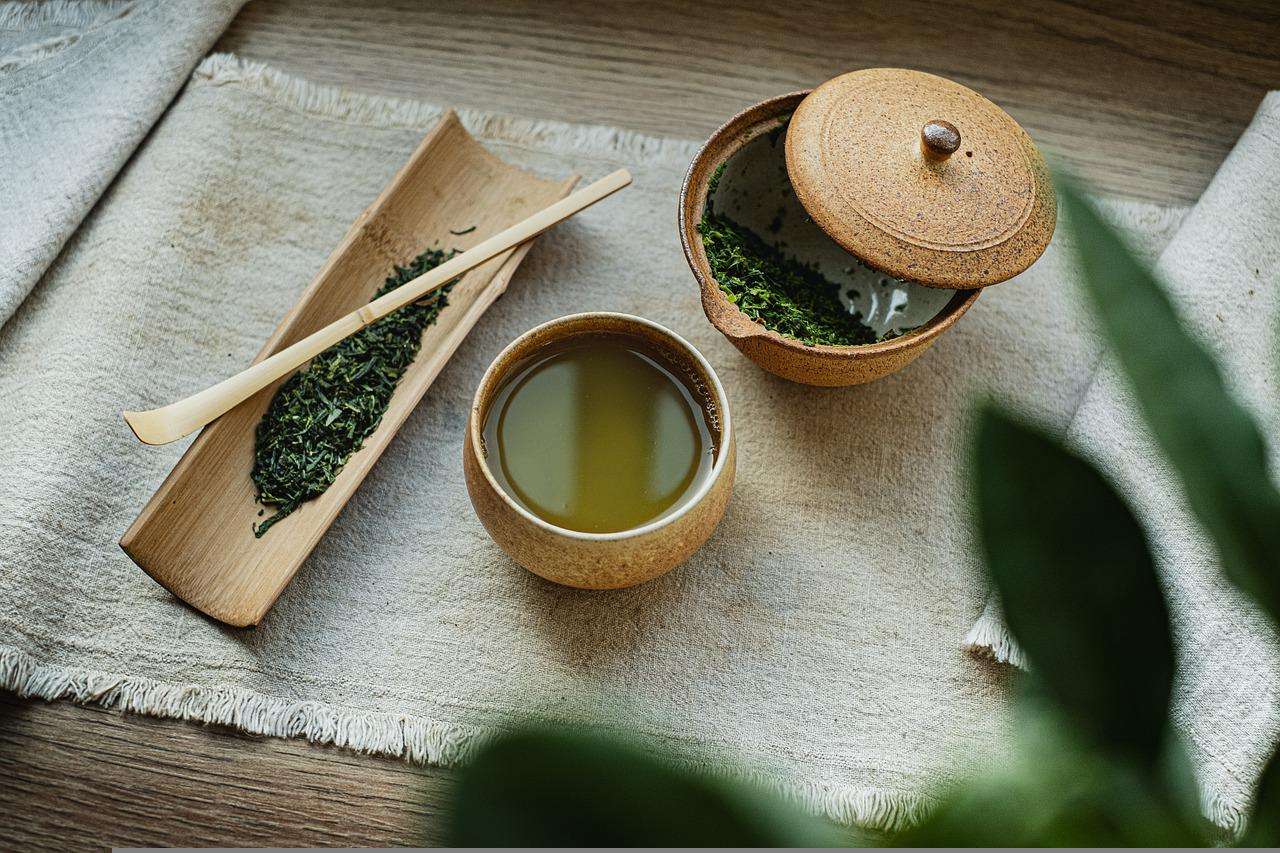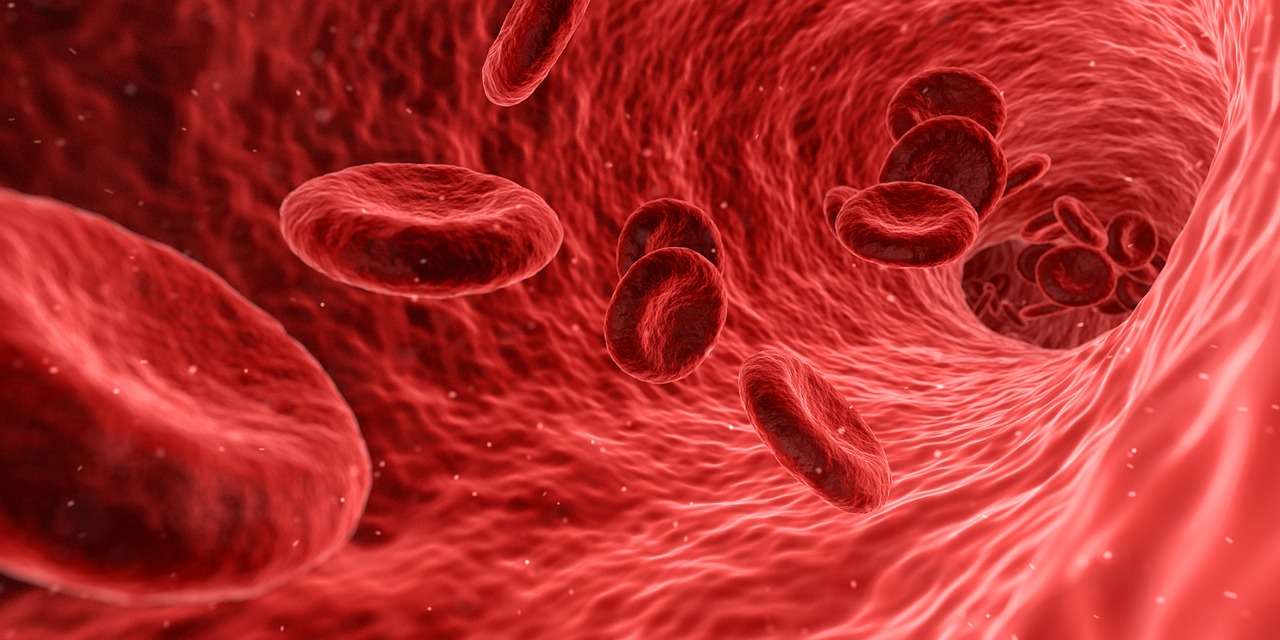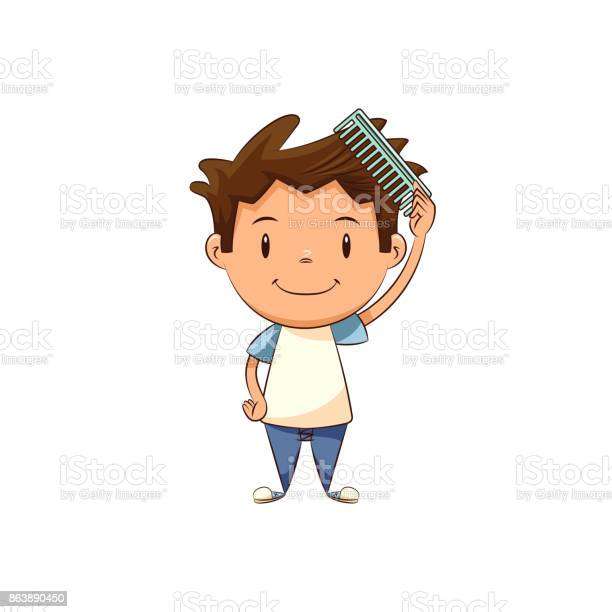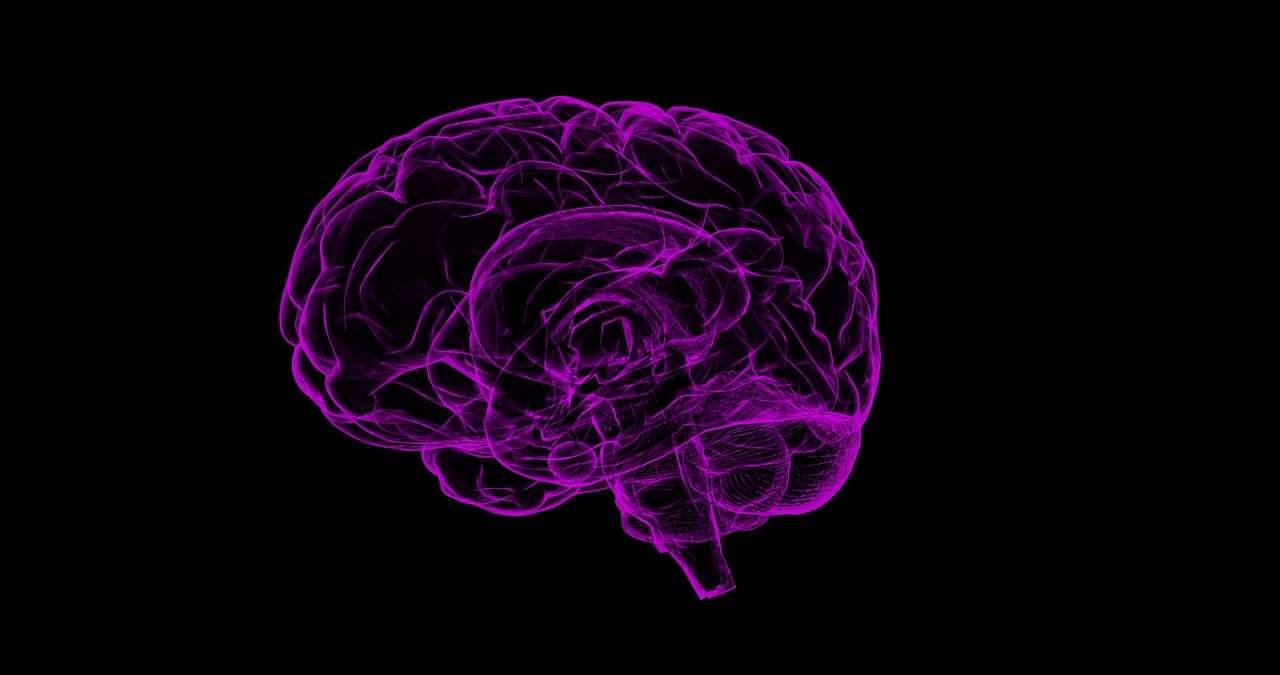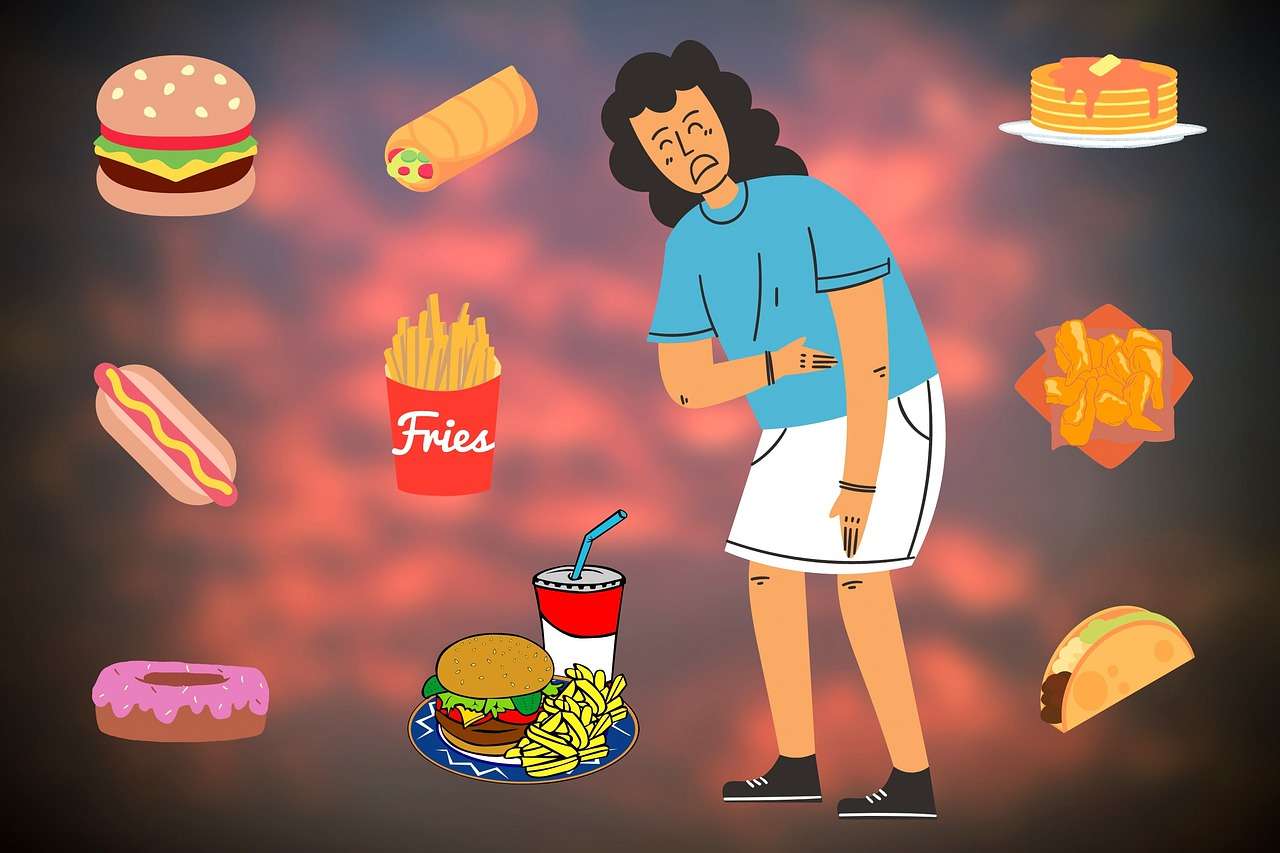Offenssive smell from the mouth is a common complaint in the day to day medical practice.It mainly affects those who mingle with others very closely. Bad breath is noticed mainly by the friends & family members or some times person himself feel it and come to the doctor.Many badbreathers develop depression which forces them to be away from the society which in turn hampers their activities.
The protein in the food debris are degraded by the anaerobic bacteria present in the mouth.Offenssive odor is produced due to release of some gases like hydrogen sulphide,skatol ect due to bacterial activity.Formation of a thin sticky membrane on the tongue favoures bacterial growth.Bactrera are also seen in the crypts of tonsils ,dental caries,dental pockets ect.Bad breath is associated with oral hygiene,caries,gingivitis,tonsillitis,tonsillar plaques,food habits,water intake ,tobacco chewing,stomach and liver diseases and ect.
Homoeopathy is a system of medicine introduced by a german physician Dr Samuel Hahnemann.Homoeopathy treats the diseased individual as a whole rather than treating diseased parts or organs.The physical,mental,emotional,social spheres of a person is considered for a permanent cure.This system believes that the diseases are caused due to the derangement of vital force which is an invisible power in every individual.In a healthy state the vital force maintains the equilibrium of mind body and soul .During this man will have normal sensations and functions.When the vital force gets affected there will be external manifestations in the form of signs and symptoms.The imbalance in the body functions makes a shelter for forign organisms(bacteria,viruses,fungi,protozoa ect) and allow them to proliferate &produce so called diseases.Homoeopathy believes thet the real desease comes before the bacteria & viruses,hence the root cause of the disease has to be treated for a permenent cure.The antibacterial and antiviral agents only remove the secondary causes mentioned above.
Diseases are produced by noxious morbific agents called Miasms which are dynamic influences which affect the vital force.There are mainly three miasms PSORA ,SYPHILIS&SYCOSIS. These three causes are accepted by other schools of medicine but called by different names. Psora causes functional disturbances, syphilis cause structural changes in the form of destructions and sycosis causes changes in the form of overgrowth.These three miasms can act individually or in combined form producing different disease conditions.
To treat bad breath with homoeopathic medicine is easy if correct remedy in suitable dose is given. In the homoeopathic medical repertory by Dr Robin Murphy there are 140 homoeopathic drugs mentioned for bad breath.So just giving one drug for bad breath may not give good result.To come to a correct remedial diagnosis we should have the symptomatology of the person .It is the total symptoms of a person which includes mental generals,physical generals,particular symptoms ect.Bad breath is considered as a physical general symptom .Eventhough it comes only from a part of the body it affects the whole individual.
Symptoms related with appetite,thirst,bowels ect are included in physical generals.
All signs and symptoms (mental&physical)of the person is taken in detail.Knowledge about past illneses,family history of diseases,food & bowel habits,relation to climatic changes and constitution ect are noted down in a systematic order.
Mental symptoms:
example: fear,anxiety,depression,anger,jealousy and ect….
Physical symptoms:
example: Body makeup,appetite,thirst,desires,aversions,bowels,urination,sleep,taste, nature of smell,discharges any abnormal sensations like pain, burning ,climatic changes,thermal relations, and ect….
Peculiar uncommon symptoms:
This is the speciality of homoeopathic system of medicine.For the selection of a suitable remedy these symptoms are very important.common symptoms which are seen almost in all patients are least important.
particular/local signs&symptoms:
This include signs &symptoms related to body parts &organs.
example: Coating on the tongue,nature of mucus membrane of oral cavity, tonsils, gums, teeth, ulcers, discolourations ect are considered here.
Systemic & general physical examination:-
Bad breath can be due to various systemic and disorders.Hence all systems ( respiratory system ,digestive system,nervous system, cardio vascular system and ect )and parts from head to foot should be examined.
provisional disease diagnosis; Here probable diseases are diagnosed. In homoeopathy disease diagnosis is not that much important for the selection of a remedy,but needed for general management and to know the prognosis.
Investigations:
This includes lab investigations and other methods to find out any other major illnesses.
Final disease diagnosis:
After doing all investigations the disease is diagnosed.
Remedial diagnosis:
This is the most importnant part as far as homoeopathy is concerned. For this the selected symptoms are arranged in a systematic order on the basis of importance.
symptoms are analysed to find out the importance of each symptom for the selection of a remedy.Remedies are selected on the basis of similarity.[the basic principle of homoeopathy is ‘similia similibus curenter’ means like cures like.A medicine which can produce some symptoms in a healthy man can be used as a remedy to trea the similar symptoms in a diseased person.Each homoeopathic drug is proved on healthy human beings and the symptoms collected by this process(drug proving) is written in meteria medica.]
Suitable remedies are diagnosed by a process called repertorisation. Here books called repertories are used. Repertory is the index of symptoms of materia medica(books which contain the symptoms of drugs).Nowadays computer softwares are used for repertorisalion.By this process we will get the remedies covering maximum important symptom of the patient.
Amoung this group of remedies the most suitable remedy is selected by referring various books and history of the patient..The selected medicine is given in suitable potency & dose.
ANTI MIASMATIC TREATMENT:
The root cause of disease is miasms which should be eradicated using suitable anti miasmatic drugs.Every drug can eradicate the miasm if there is symptom similarity.there are anti psoric drugs,anti syphilitic drugs and anti sycotic drugs.After diagnosing the miasm suitable anti miasmatic drug has to be given to complete the cure.
[In homoeopathy medicines are prepared from different sources like minerals, plants, animals, toxins, diseased parts ect. Medicines are prepared from these substances by a special process called potentisation.Here the soluble substances are potentised by diluting with spirit and insoluble substances by grinding with sugar of milk.The crude drug substance is first mixed with a calculated quantity of spirit and water and kept for few days .From this mixture extract is taken and is called mother tincture(denoted as Q).From this mother tincture dilutions are prepared by potentisation.Potentisation is a mathematical process by which the quantity of original drug substance reduces but medicinal power increases. Depending upon the ratio of quantity of drug substance and vehicle(spirit or sugar of milk)there are different scales for this process.Each scale has got different potencies which indicate power of medicine.Example in decimal scale 3x,6x.12x ect.in centisimal scale there is 30c,200c ect,in LM poteny there are 0/1,0/2,0/3 ect.potency is written after the name of every medicine]
Same medicine is available in different potencies. Suitable potency is selected according to so many facters like sevearity,depth of disease,condition of the patient ,nature of disease ,type of symptoms,age of patient and ect.
Some useful homoeo drugs for bad breath.
Arnica montana, Antim crude, Ars alb, Asafoetida, Aurum met, Baptisia, Bryonia,Borax,Calc carb, Carbo veg, Cinchona, Chelidonium, Graphites, Kali bich ,Kreosotum, Lachesis, Lycopodium, Merc sol, Natrum mur, Nitricum acidum, Nux vomica, Plantago, Pulsatilla, Phos, Pyrogen, Sulphur etc.
1) Arnica montana:
This medicine is useful for fetid breath.Mouth is very dry with thirst for water.Bad breath associated with fever.There is bleeding from the gum,may be after tooth extraction or after injury.Offenssive gas pass upwards and downwards from stomach.Petient is very sensitive to touch with sore and bruised feeling allover the body.
2) Antim crude:
Useful for bad breath with gastric complaints and coated tongue.This medicine act mainly on filthy persons with aversion to bathing.Tongue is coated white like fur.Nostrils and lips are cracked .Eructations are putrid.Very useful for badbreath in children
3) Ars alb:
All discharges are having cadeveric smell.Saliva is bloody with bad odor.Thirst for warm water is well marked. This medicine act well in debilitated and emaciated persons.Bad breath associated with gastric disorders.Vomiting from slightest food or drink and intolerance of vegetables and watery fruits.Mentally these patients are fastidious with an insecurity feeling.They are having fear of death or serious disease with restlessness and anxiety.
4) Asafoetida:
Useful for bad breath associated with eructations.Great distension of abdomen with sensation of a ball rising in throat.All discharges are offenssive.Reverse peristalsis with loud eructations.This medicine act well on hysterical persons.
5) Aurum met:
Useful for bad breath in girls at puberty. There is ulceration in gums with putrid or bitter taste. Destruction in body tissues like bone is noticed in these patients.This medicine act well on persons who are tired of life with suicidal thoughts.They also have a feeling that they have done an unpardonable crime.
6) Baptisia:
Breath fetid with bitter taste.Gums sore and ulcerated.Yellowish brown coating on centre of tongue with glistening edges.Surface of the tongue is cracked.These patients feel difficult to swallow solid food.Tonsils are enlarged without pain.Useful for painless tonsillitis & pharyngitis with putrid smell.All discharges are offenssive.This medicine act well on persons having besoted look.There is a tendency for stupor and delirium in these persons.
7) Borax:
Useful for bad breath associated with apthous ulcer in the mouth.Also effective for fungal infection of the mouth.Mouth is very hot and tender.Ulcers bleed on touch.Very useful for bad breath in children with ulcers in the mouth.Child is having fear of doward motion.
8) Bryonia:
Irritable persons who always talk about business.Lips parched dry and cracked.Tongue coated dark brown with bitter taste in the mouth.Thirst for large quantity of cold water is well marked.Heaviness in abdomen after eating.Usually constipated with hard dry stools.
9) Calcarea fluor:
Plugs of mucus are continually forming in the crypts of the tonsils.Unnatural looseness of the teeth with or without pain.Prone to get caries with discolouration.Tonsils are enlarged with recurrent infection.
10) Carbo veg:
These patients are weak and debilitated .All body discharges are profuse with cadeveric smell.Gums are retracted and bleed easily.Frequent putrid eructations with distention of abdomen.Complaints ameliorted by passing flatus.Can’t tolerate meat and fat.Involuntary diarrhoea at night.Wants to be fanned from a close distance.
11) Chelidonium:
Tongue yellow with imprint of teeth.Bad odor with bitter taste in the mouth.Useful for bad breath with liver complaints.Thirst for hot liquids.Patient feels better by eating. Constipation with hard round stools.Constipation alternating with diarrhoea.
12) Graphites:
This medicine act well on obese patients with skin troubles.Breath smells like urine.Rotten odor with salivation and blisters in the mouth.Sour eructations with gastric complaints.Skin complaints with sticky discharges.Gastric pain ameliorated by eating .
13) kali bich:
Bad breath with gastric ulcer.There are round ulcers in the mouth.Saliva viscid. Vomiting with bitter taste.Tongue is smooth .Craves bear.Gastric complaints alternating with rheumatism.
14) kreosotum:
Teeth dark and crumbly.Bitter taste in the mouth with putrid odour.Very rapid decay of teeth.All discharges are very offenssive.Gums spongy and bleed easily.Bad breath associated with caries and gastric complaints.
15) Lachesis:
This medicine act on dark restless patients with jelousy.Tongue is black coloured. Complaints are aggravated during sleep.Wants fanning from a long distance.Cannot tolerate tight cloathing around body.Complaints aggravated in hot climate.
16) Lycopodium:
Act well on intelligent people who are physically weak.They have lack of self confidence.Useful for badbreath associated with sour eructations with burning in throat. Teeth excessively painful to touch.There are blisters on the tongue.Wants warm food and drinks.These people are usually constipated .Craving for sweets well marked.
17) Merc sol:
Sweetish metallic taste in the mouth with bloody viscid saliva. Gum is spongy and bleed easily.Mouth is moist with increased thirst.Teeth indented. Crown of the teeth decay.Fetid odor from the mouth can be felt all over the room.Ulcerations in the mouth with bleeding.All body discharges are offenssive.All complaints are aggravated at night.
18) Nux vomica:
This medicine act well on people who lead a sedentery life.They are very short tempered and become angry very easily.They are very busy in their occupation and enjoy modern civilised life with all types of food and drink.Bad breath is more after meals and in the morning. Posterior part of the tongue is coated and anterior part is clean.Sour taste in the mouth with nausea in the morning.They have got frequent urge for stool.Heavy feeling in abdomen after food is noticed.
19) Plantago:
Dental caries with severe toothache.Pain better by eating.Salivation is better by eating. Toothache with swelling of gums.Gargling plantago Q is useful to get relief from toothache due to caries.
20) Pulsatilla:
Act well on mild and gentle ladies with a yielding disposition.Patient is very timid with a weeping tendency.Bad breath is noticed mainly in the morning.Mouth is very dry but dosn’t want to drink water. Yellow or white tongue covered with a tenacious mucus.Taste is altered.Taste of food remains in the mouth for a long time.Patient wash the mouth frequently.
21) Psorinum:
Act well on unclean patients with bad odor. Hawking up of cheesy, pea like balls of disgusting smell and taste is the main cause for bad breath in these patients.Tonsils are swollen with profuse offenssive saliva.Quinsy with tough mucus in throat.All body secretions are filthy.Eructations taste like bad eggs.Very hungry and getup even at midnight for food.Swallowing is painful with pain in ears.
22) Pyrogen:
Bad breath of septic origin is cured with this medicine.Taste terribly fetid with horrible breath,tongue red ,dry ,smooth asif varnished.Bad breath associated with high fever and coffeground vomiting. In general patients body is very sensitive to touch,can’t rest on bed because of bruinsed pain.All discharges are offenssive.
23) Sulphur:
This medicine act best on dirty & filthy people with offenssive odor and a tendecy for skin diseases.Lips dry bright red with burning sensation..Tongue white with red tip & borders.Bitter taste in the morning. Eructations are putrid.Burning in all parts of the body. Aversion to bathing is well marked.Not bothered about hygiene ,still they believe that they are having superhuman powers. These individuals are very selfish.
Some homoeo mother tinctures (Q) useful for bad breath.
[mother tincture should not be taken directly because it can produce burning sensation,hence 10 drops should be mixed in half glass of water and taken internally or used for gargling]
1) Cinnamon Q : This mother tincture can be used for gragling after diluting with water.Also useful for bleeding from gums.
2) Eucalyptus Q : This tincture can be used as a mouth wash after mixing with water.Internal use of this medicine can remove mucus from the respiratory tract.Also useful for cold and coryza.
3) Zingiber Q : Useful for bad breath associated with gastric complaints. This medicine can improve digestion.Also used for gargling.
4) Rhus glabra Q : Gargling of this tincture is very useful for ulcerative lesions in the mouth like aphthous ulcer.Internal use of this tincture can reduce the bad smell of stool & flatus.
5) Oleum caryophyllum Q : Gargling of this tincture can reduce toothache.Due to it’s fregrant quality very useful to reduce bad breath.
6) Balsamum peru Q : This medicine can remove the mucus from respiratory tract hence very useful in chronic bronchitis and lung abscess.Can heal the ulcers in the mouth by gargling this tincture,it can also produce pleasent smell from the mouth.
7) Menthol Q : This is a main ingradient in tonics and syrups.Gargling of this tincture reduces bad breath.

